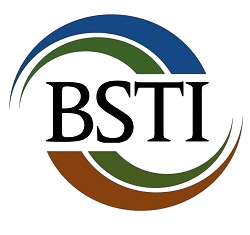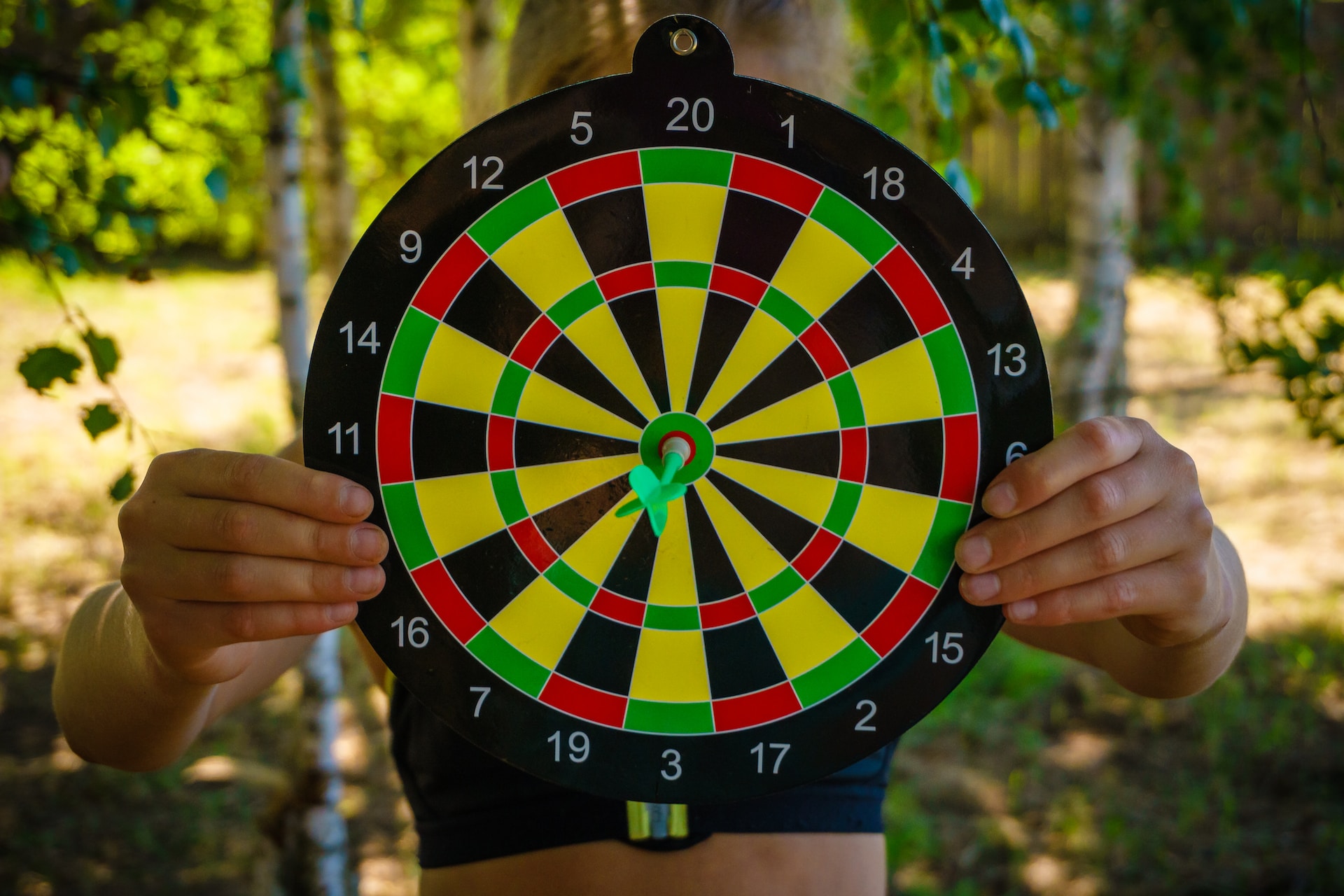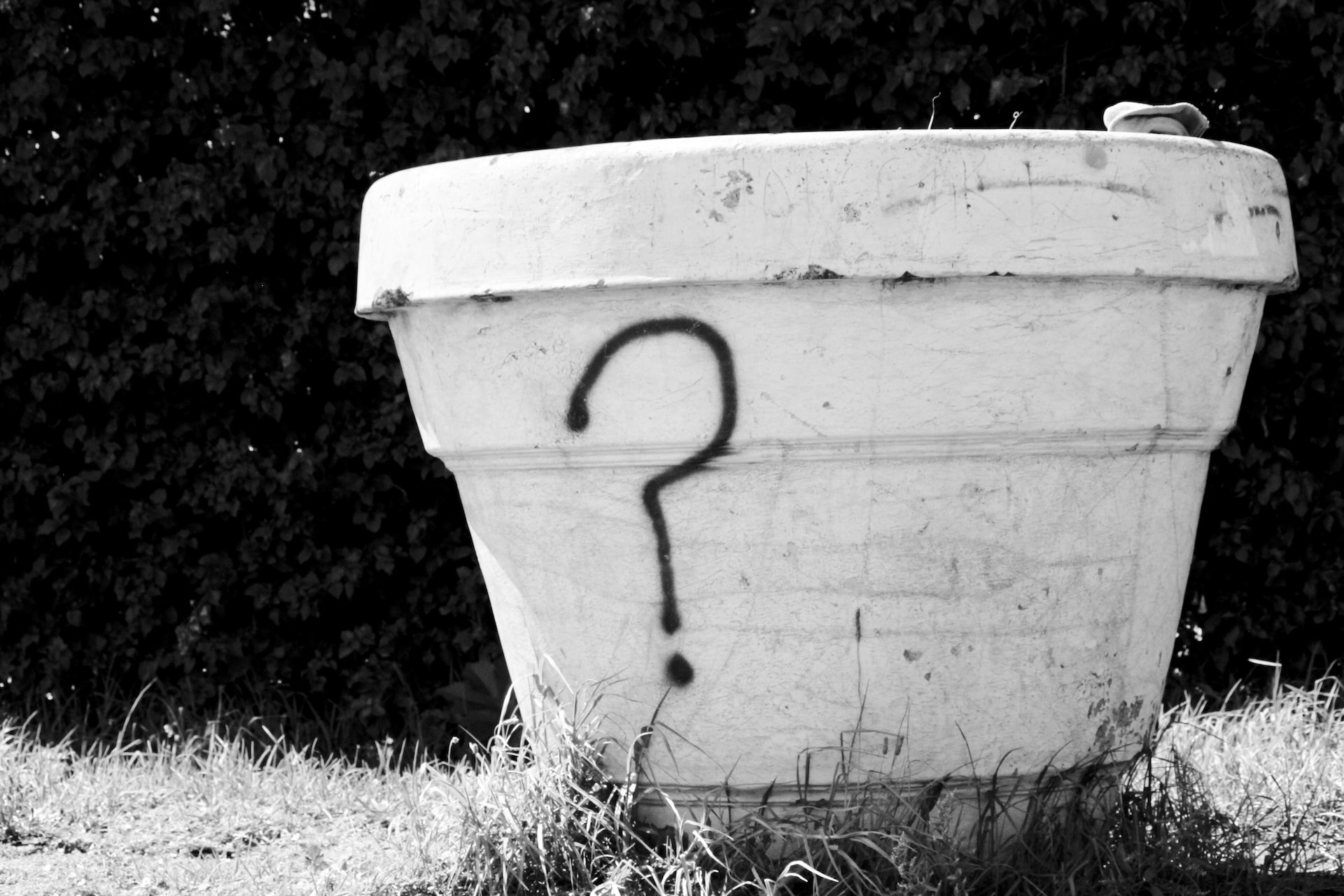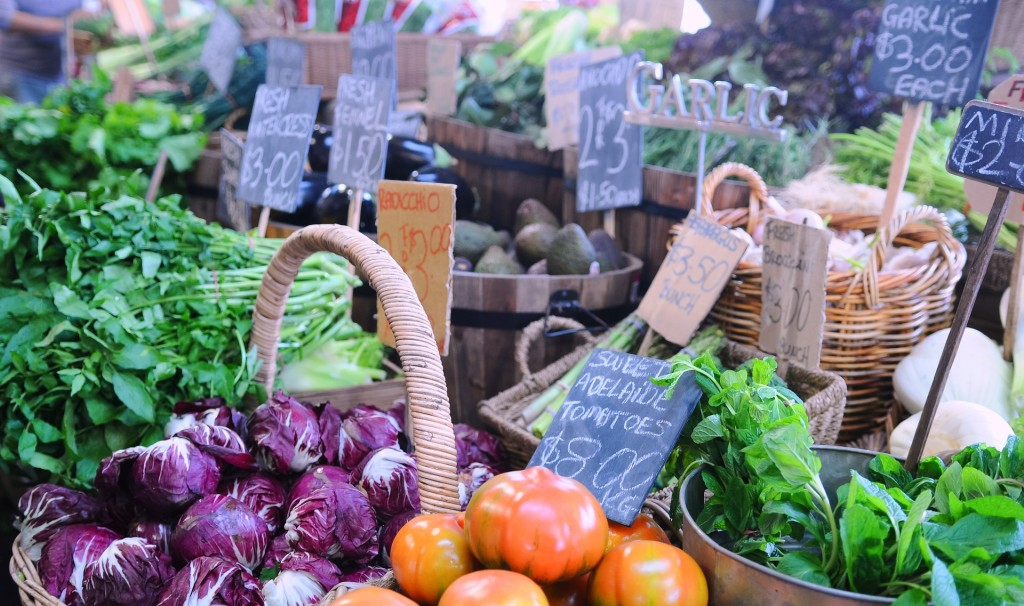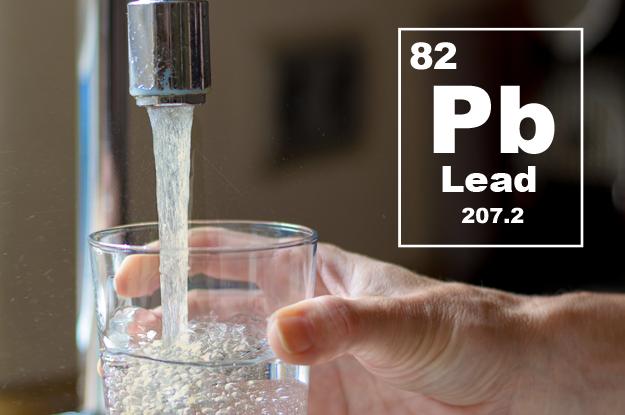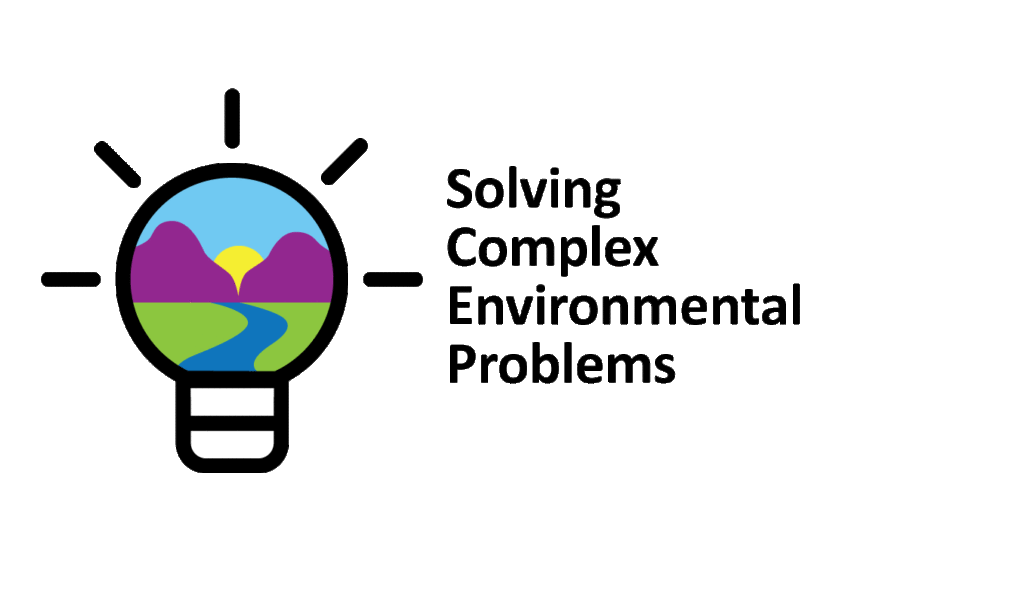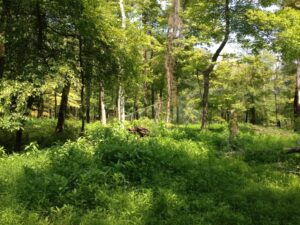
BSTI was asked by the operator of a wastewater treatment plant to explore options that would mitigate the diminishing capacity of an existing spray irrigation field. Over time, the diminishing capacity of the spray irrigation field was creating operational issues and exposing the operator to potential violations of their Water Quality Management Permit.
The spray field is an upland deciduous forest with an area covering approximately 12 acres. Infiltration testing carried out by BSTI along with the observance of excess surface runoff indicated that hydraulic loading to the spray field had exceeded its infiltration capacity. Further, a significant population of mature trees within the spray fields died as a result of intolerance of spray field conditions; thereby exacerbating the problem. Because the logistics to simply transfer the excess wastewater to another location was problematic and cost prohibitive, BSTI focused on helping the existing spray field become more effective.
The Solution
BSTI determined that establishing additional vegetation would increase the evapotranspiration rate of the area and improve spray field hydrology. Several species of shrub willow were identified and selected for further study due to their rapid growth, disease resistance, high yield of leaves and adaptability to a wide range of soil and moisture conditions.
An in-field pilot study indicated that the tested shrub willow species were indeed well suited for the water and soil chemistry conditions that exist in the spray field, and when established have potential average transpiration rates of approximately one inch per week, similar in magnitude to the permitted hydraulic loading rate for the spray field (1 to 3.4 inches per week). BSTI also determined that the survival of any future willow plantings would require the temporary installation of a deer fence enclosure. The enclosure will ensure that the willows planted in the spray field had time to grow to a size resistant to browsing, expected in three to five years, at which time the fence can be removed if desired.
Based on testing conducted by BSTI, gypsum demand across used portions of the spray field varied from 9 to 140 pounds per 1,000 square feet. Given these variable conditions, BSTI conducted a single application of gypsum at 40 pounds per 1,000 square feet prior to planting. This moderate dosing, in line with typical agricultural practices, will improve calcium to sodium ratios, reduce the potential for negative impacts on vegetation from sodium while minimizing the potential for excessive leaching of metals from soil, and potentially improve soil infiltration rates by improving soil structure.
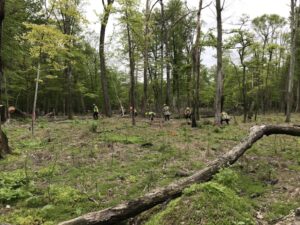
The full-scale planting of 28,000 willow “stakes” was comprised of the four shrub willow species that exhibited the greatest tolerance to spray field conditions during the pilot study. The four shrub willow species were intermixed throughout the planting zones to avoid monocultures that are more susceptible to disease and pest predation. The target willow planting density was achieved using 9 high density rows of varying lengths (6,000 stems/acre), one willow stake per 7 square feet, with open corridors around spray heads to provide clearance for spray operation and maintenance access. When fully mature these willow species will reach heights ranging between 18 to 25 feet with 2 to 3-inch calipers.
Immediately following the shrub willow planting, BSTI began monitoring willow growth and the integrity of the deer fencing on a bimonthly basis. BSTI is also monitoring spray field hydrology through three soil moisture monitoring stations to establish a baseline of current conditions for comparison to conditions once willows are fully established.
The Benefit
The high-density willow planting was completed in the spring of 2020 and has returned early positive results. BSTI’s solution to this complex environmental problem has allowed our client to continue to provide wastewater services without fear of permit violation or the high cost of engineered alternatives. Moreover, the once-decaying vegetation in the area will be augmented with a vibrant green landscape.
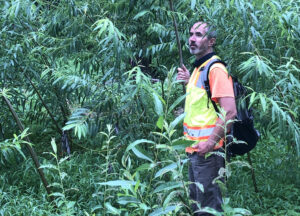
To learn more about this project, contact Shaun Quinlan at squinlan@bstiweb.com or at (610) 593-5500. Visit www.bstiweb.com for more information on our capabilities.
